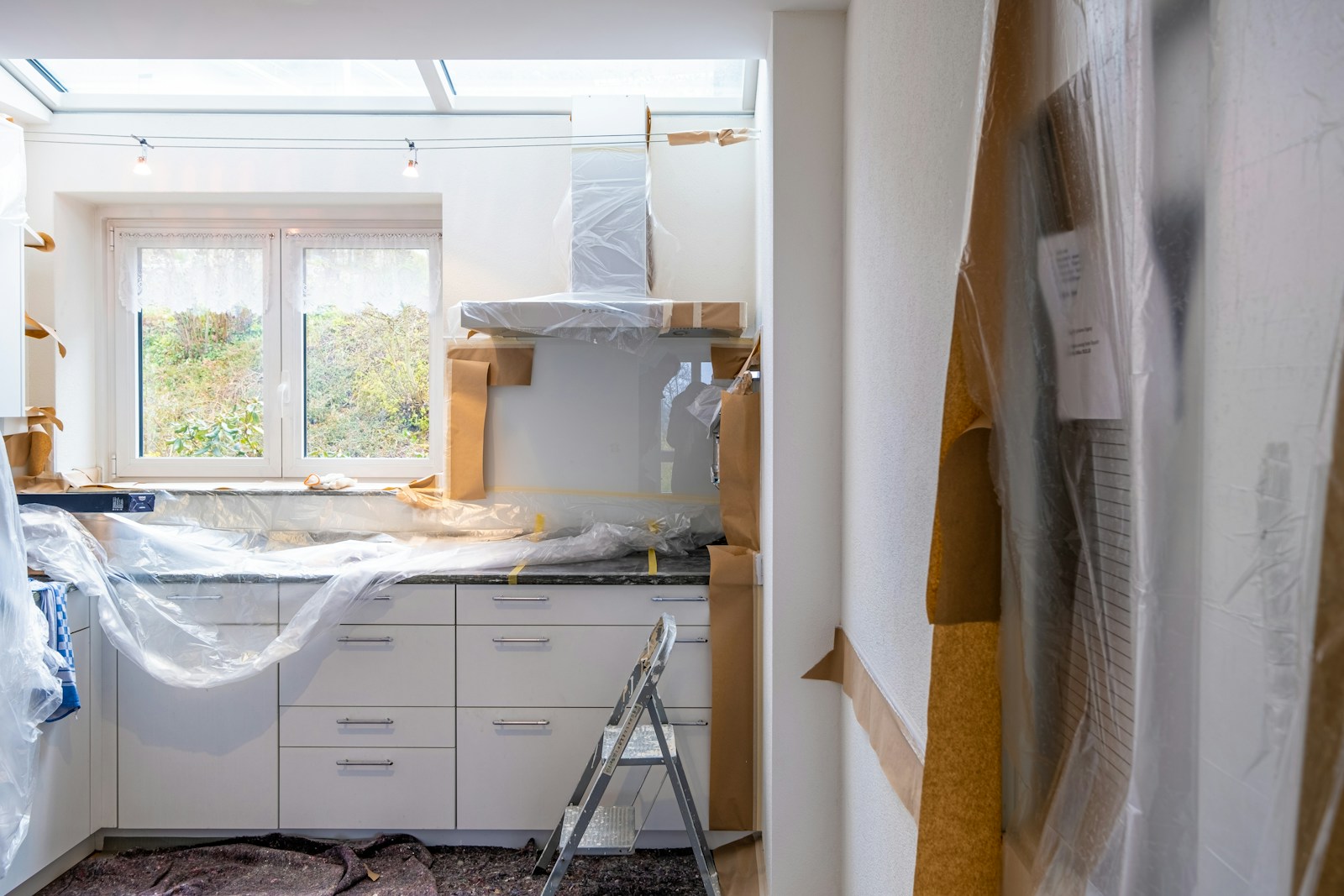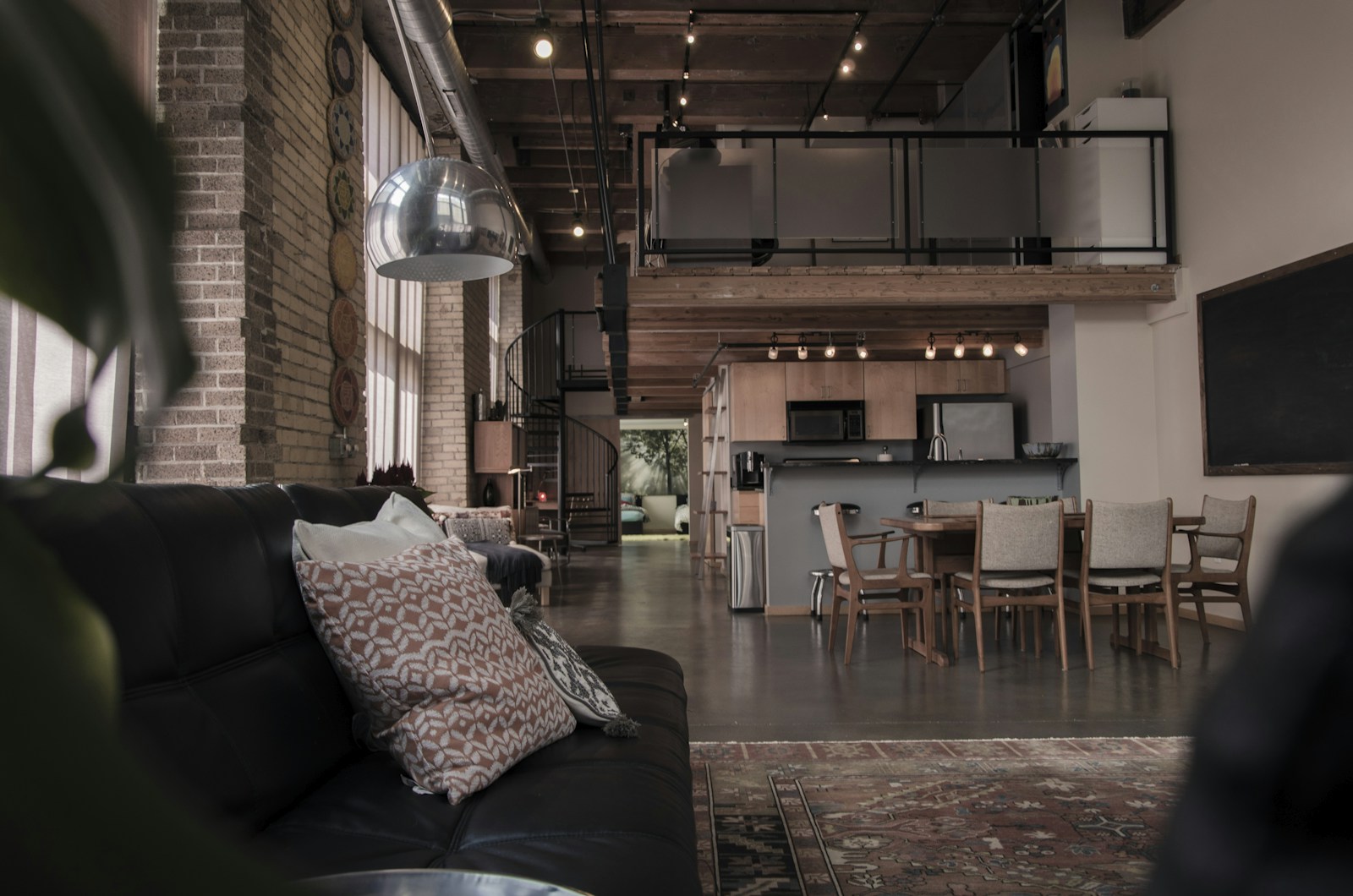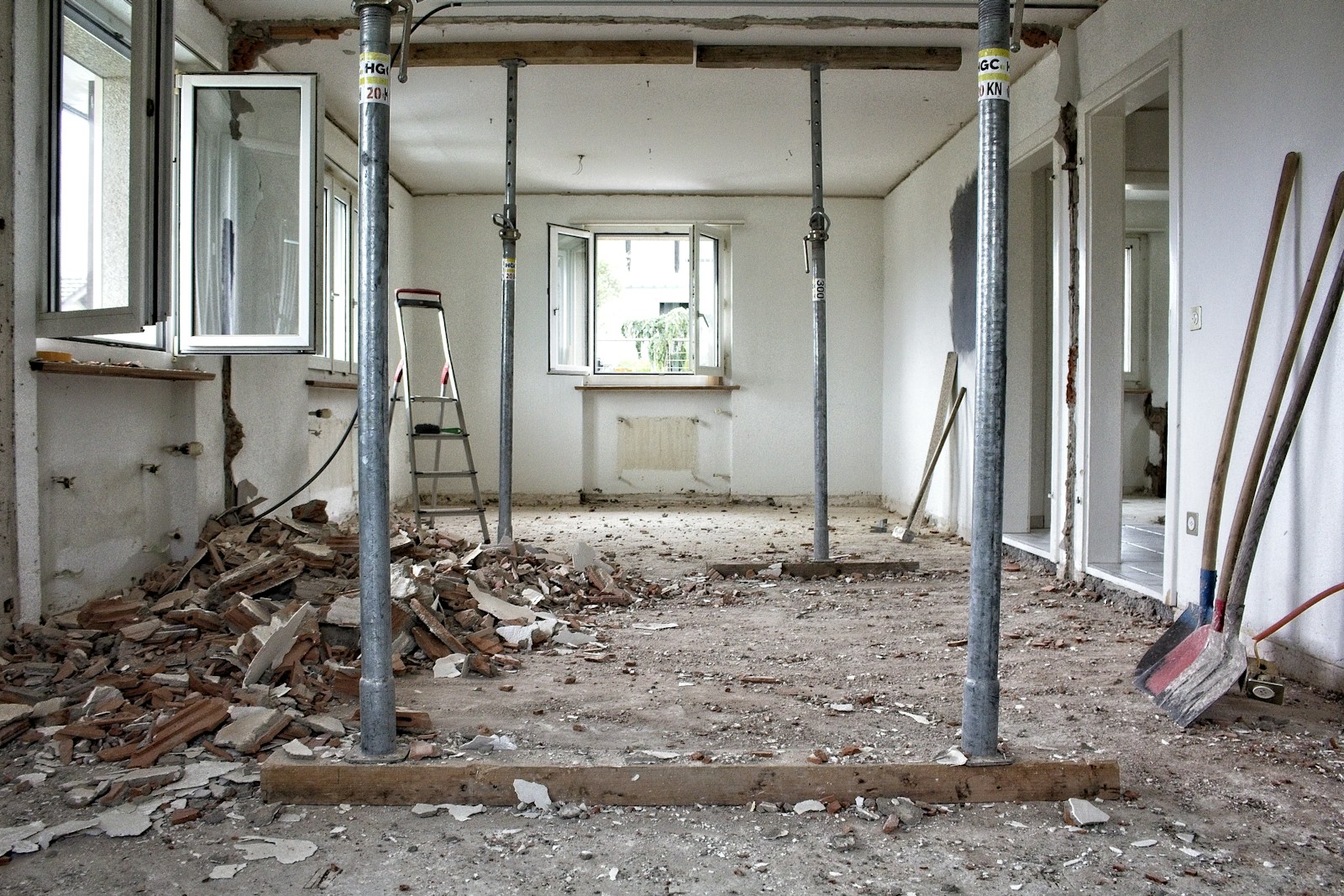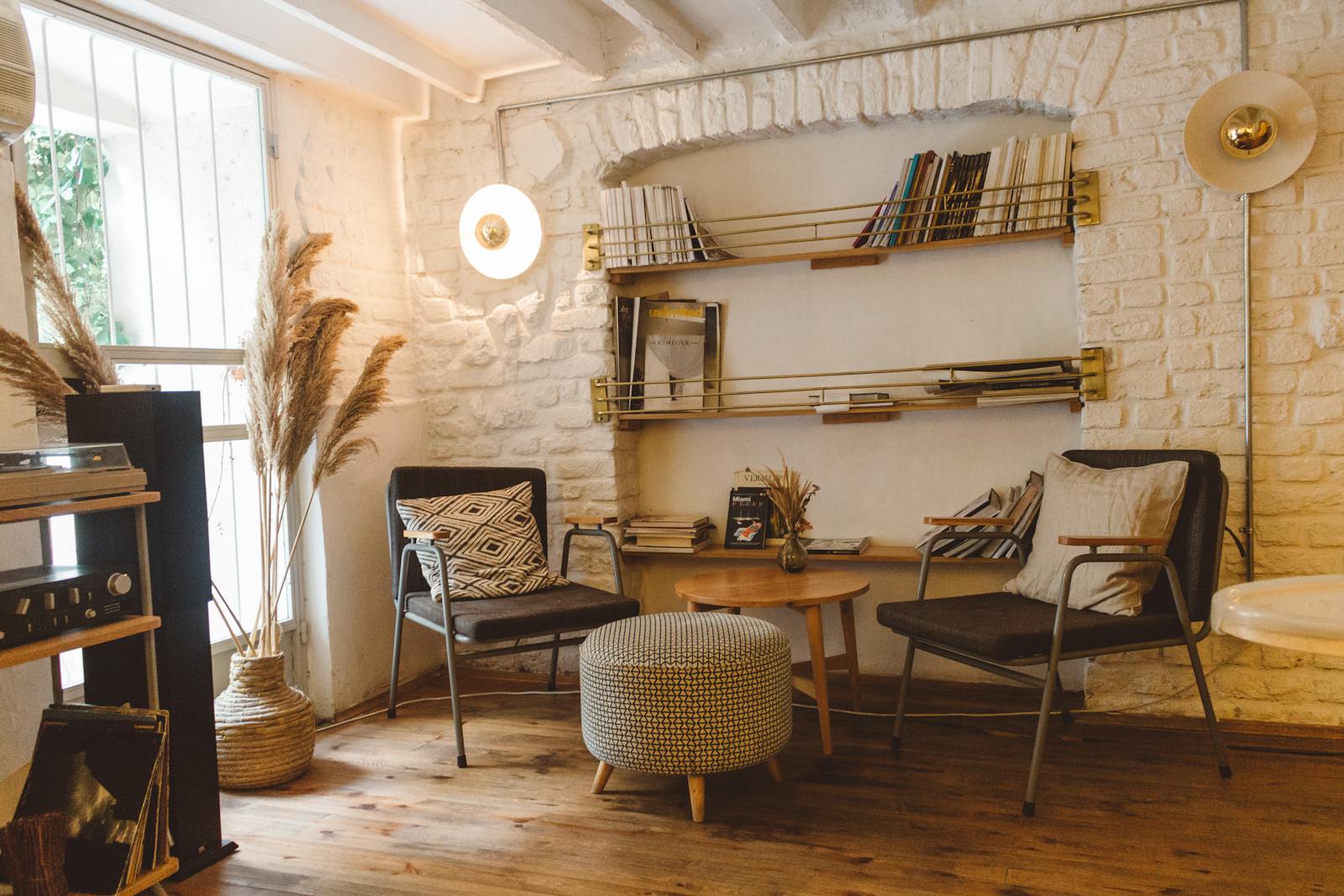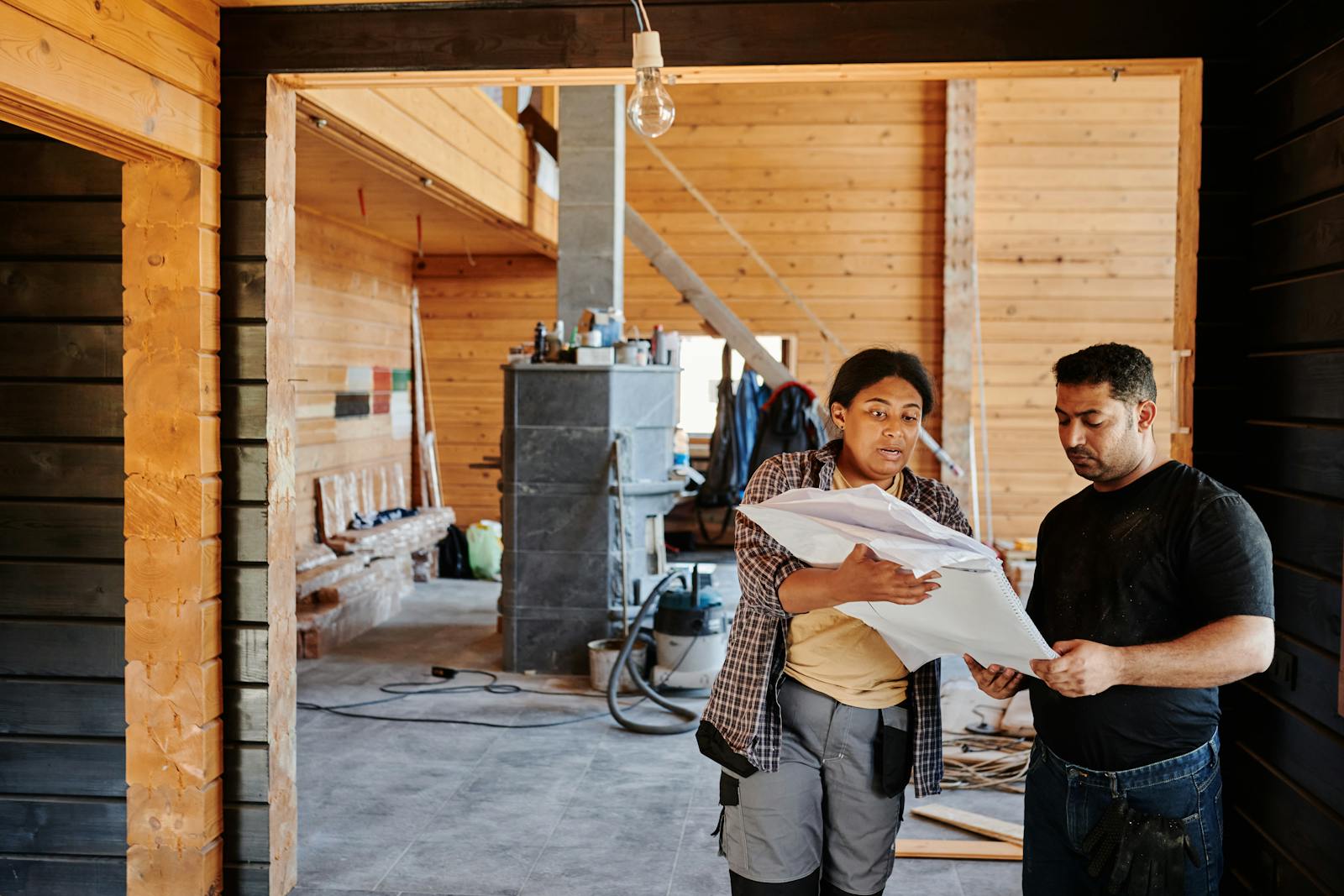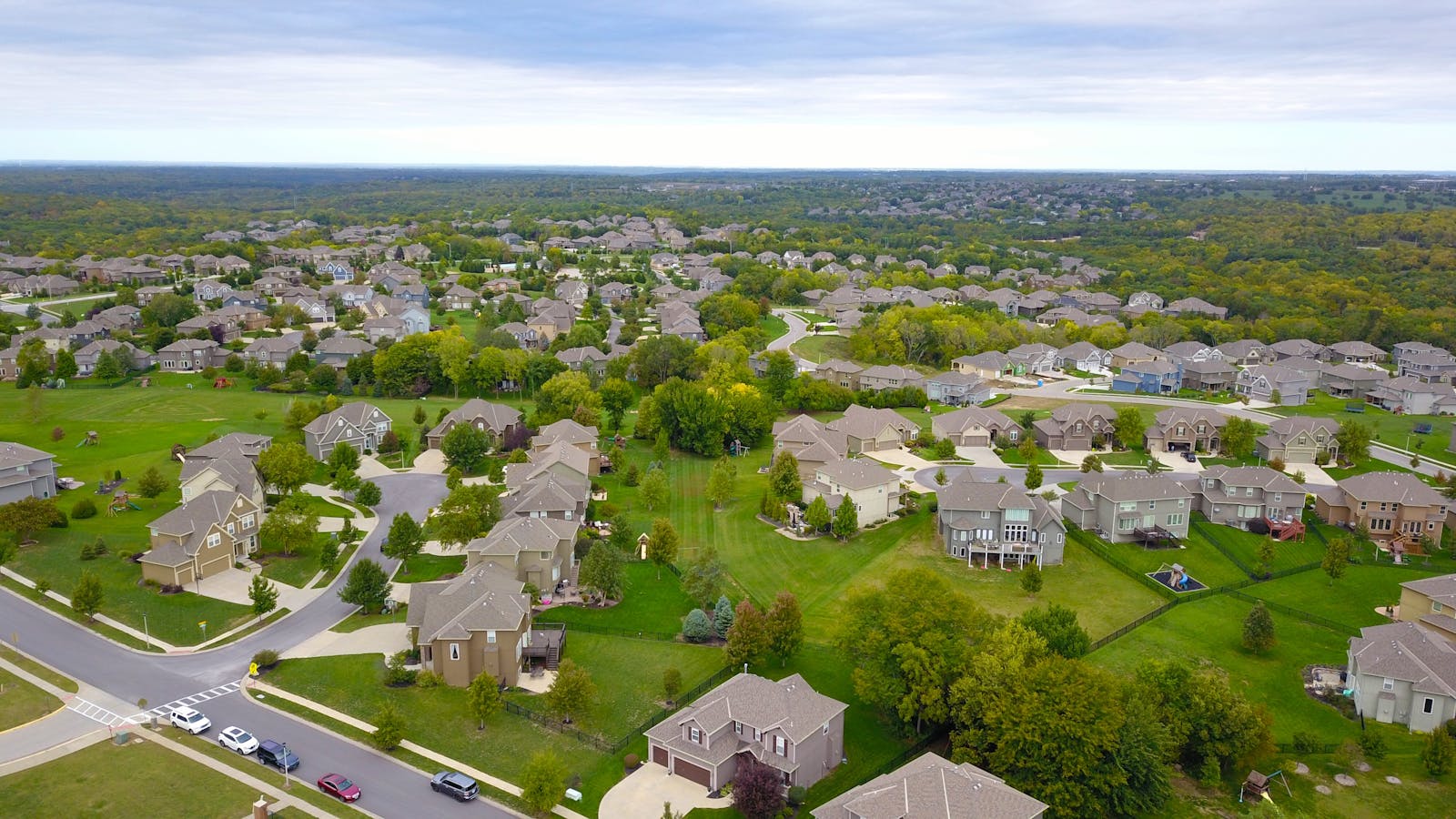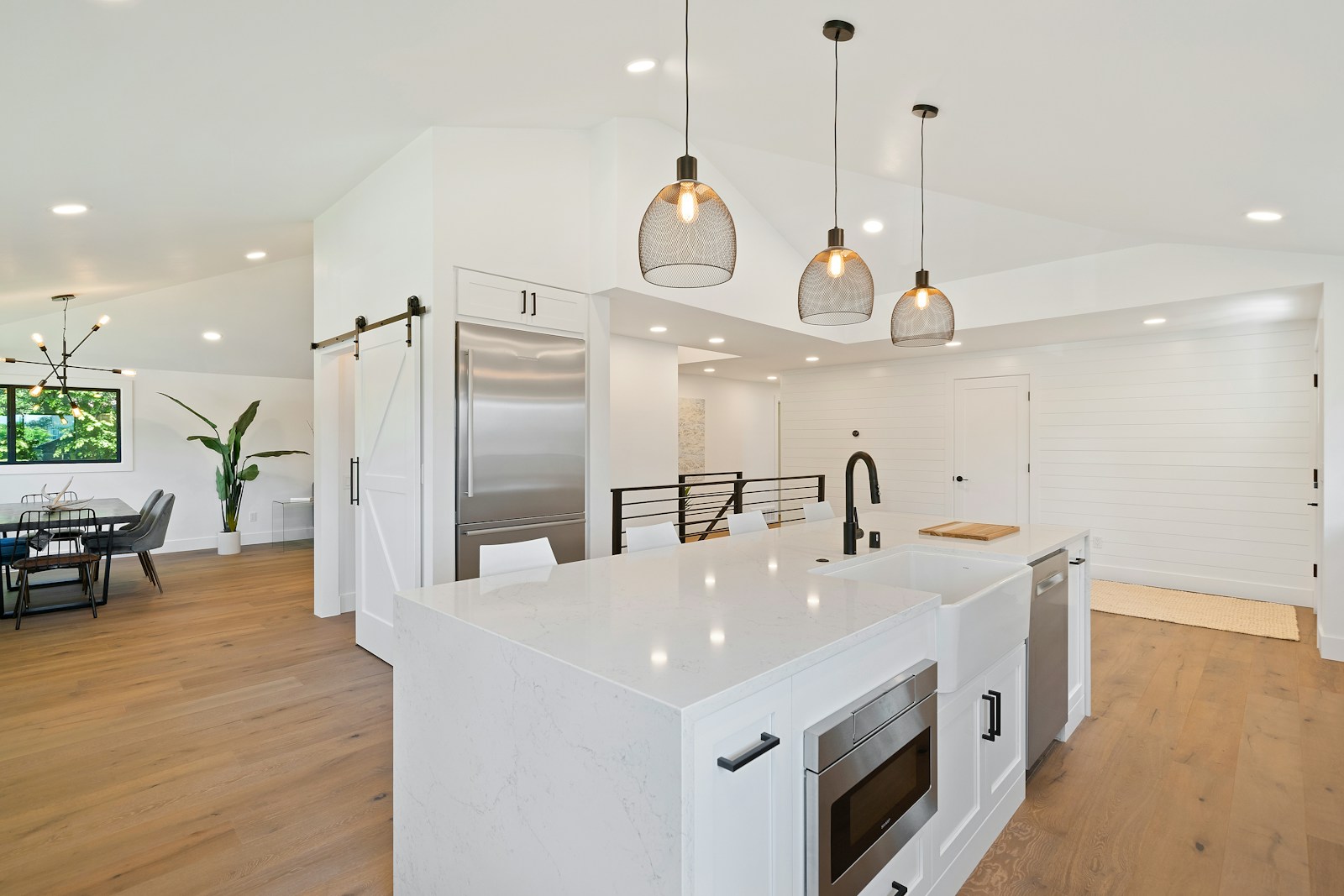Create elevated elegance that impresses in every room
Luxury isn’t just about square footage or designer names—it’s a feeling. It’s the sense of ease you experience when every detail has been thoughtfully designed, and the impression your home leaves on guests (or potential buyers) the moment they walk through the door. The good news? You don’t need to spend a fortune to achieve a high-end look.
Whether you’re decorating a new space or preparing your home for sale, here’s how to create a luxurious atmosphere that feels curated, timeless, and effortlessly elegant.

1. Start With a Clean, Cohesive Palette
Luxury homes often feature a well-edited colour scheme. Think neutral tones like soft greys, warm whites, taupe, and muted earth tones. These create a calming backdrop and allow statement pieces—like art or lighting—to shine. Don’t be afraid to layer in depth with textures: linen drapes, velvet pillows, or a wool rug can instantly elevate the room.

2. Focus on Lighting—It’s Everything
Nothing says luxury like great lighting. A statement chandelier, modern sconces, or layered lighting with dimmers can add instant elegance. Choose warm, ambient bulbs and mix lighting sources—overhead, task, and accent—to create a sophisticated glow in the evenings.

3. Invest in Statement Pieces
You don’t need to splurge on everything—just one or two quality focal points per room. A dramatic mirror in the hallway, a sculptural coffee table, or an oversized piece of artwork can add a designer touch. These draw the eye and give the space a polished, intentional look.

4. Declutter and Edit Like a Pro
Luxury interiors are never overcrowded. The goal is a clean, refined space that feels open and intentional. Use hidden storage, keep surfaces clear, and pare back decor. Less is more—especially when what’s left is beautiful and functional.

5. Use Symmetry to Your Advantage
Designers love symmetry because it naturally appeals to the eye. Create balance with matching nightstands and lamps, or style your living room with a pair of accent chairs flanking a fireplace. Symmetry adds structure and sophistication, instantly making a space feel more “designed.”

6. Incorporate Natural Materials
Wood, stone, linen, glass, and metal all contribute to a more upscale, timeless look. These materials wear beautifully over time and add richness to any room. Swap out dated finishes with matte black hardware, brushed gold, or polished nickel to freshen up kitchens and bathrooms.
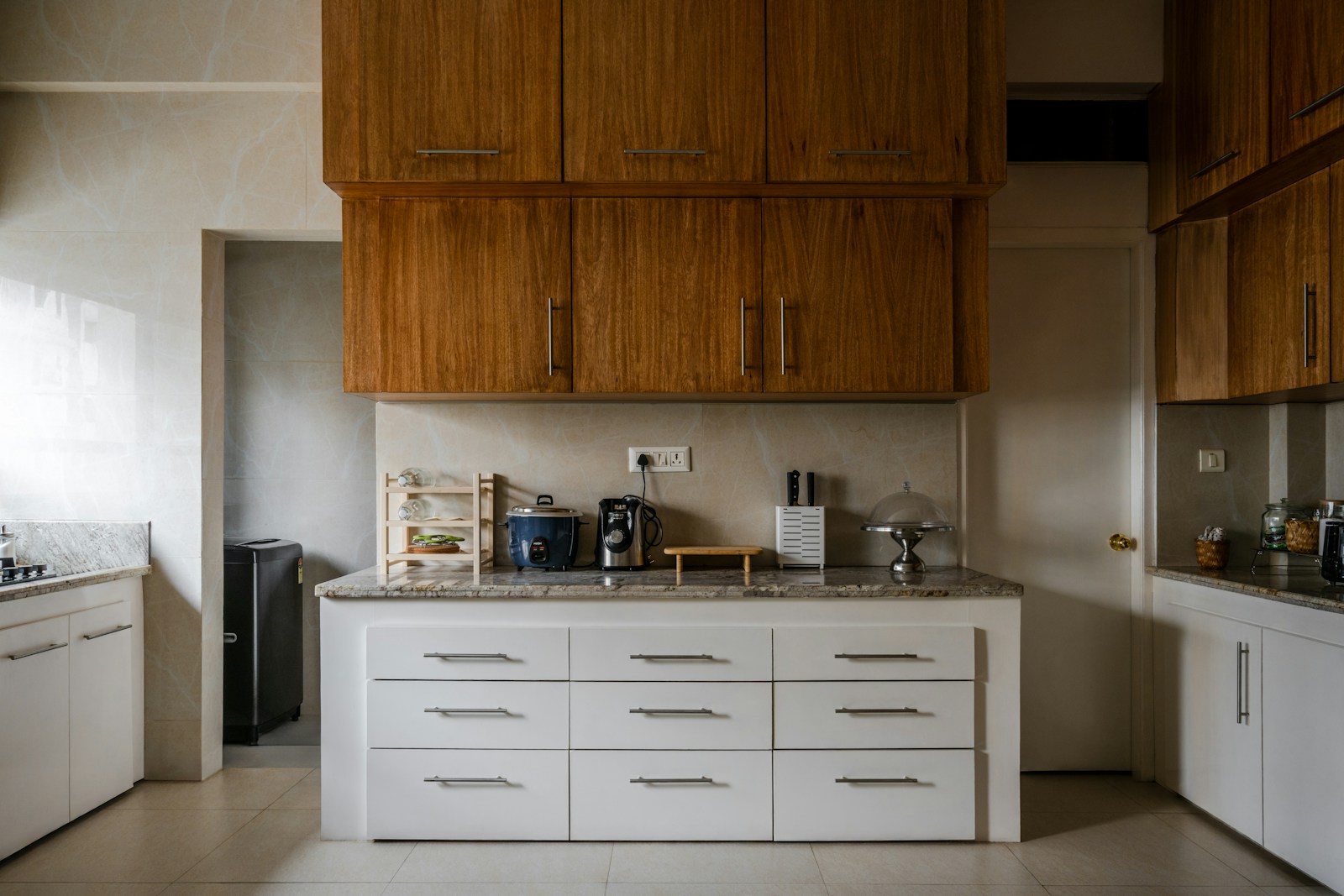
7. Upgrade the Small Details
Luxury is often in the details. Consider changing out builder-grade light switches, outlet covers, or doorknobs. Upgrade your cabinet pulls or replace standard curtain rods with something more substantial. These small tweaks can make a big difference in how a home feels.

8. Bring in Fresh Greenery
Nothing breathes life into a room like fresh florals or lush greenery. A well-placed olive tree, orchid, or vase of white hydrangeas can soften a space and add a touch of everyday elegance.

9. Keep It Personal, Not Cluttered
Luxury spaces still feel like home—they reflect the people who live there. Choose a few meaningful pieces (like heirloom books or framed travel photos) and display them with care. Personal touches should feel curated, not cluttered.

10. Don’t Forget the Senses
Scent plays a powerful role in how we perceive a space. Use diffusers, candles, or linen sprays in subtle, clean fragrances like sandalwood, white tea, or fresh linen. Soft music and tactile textures—like a knit throw or plush rug—also contribute to a more luxurious experience.
Final Thoughts
Creating a luxury feel in your home isn’t about chasing trends or spending excessively. It’s about choosing intentional design elements, maintaining simplicity, and prioritizing quality over quantity. Whether you’re staying put or preparing to sell, these elevated touches can enhance your home’s appeal—and your enjoyment of it every day.
Thinking about a refresh or getting your home market-ready? We’d love to help guide you through the process. Reach out anytime for personalized recommendations.




























